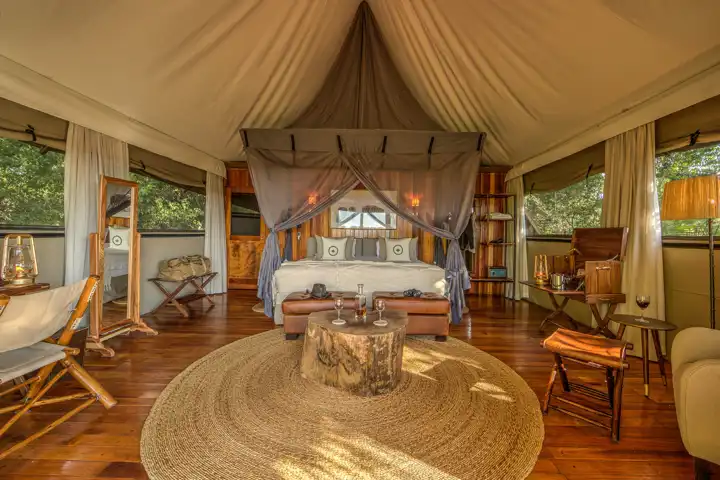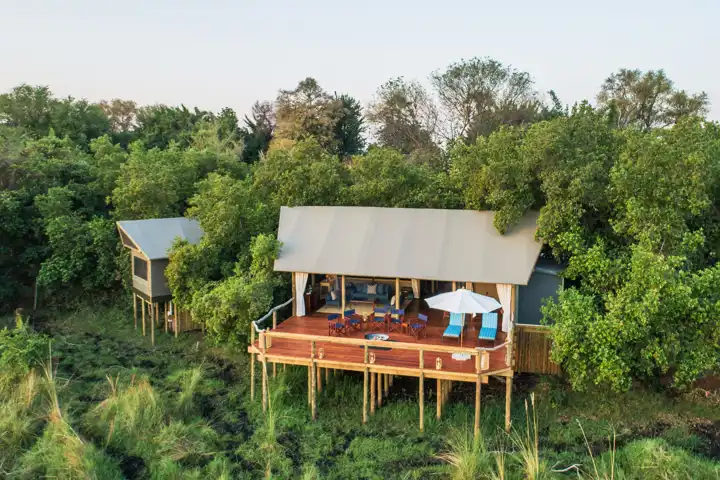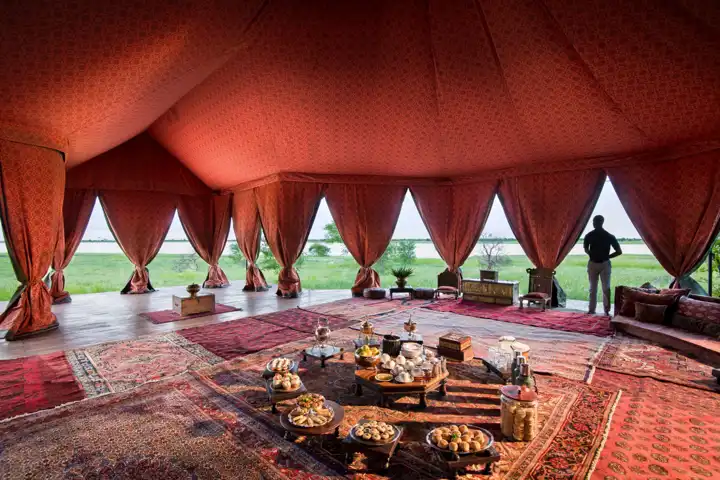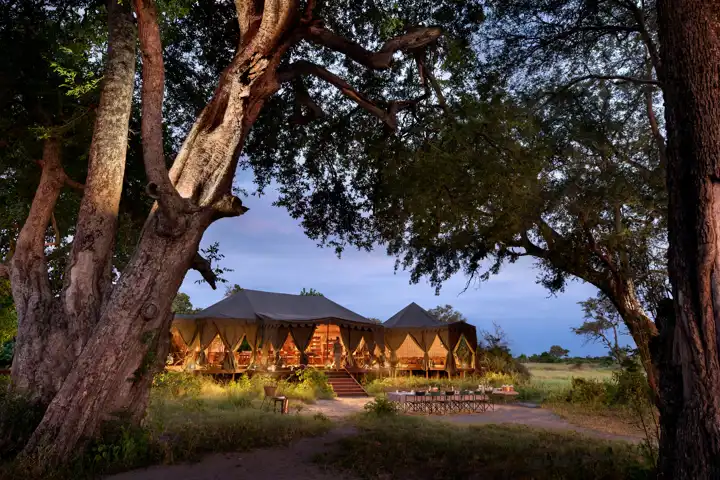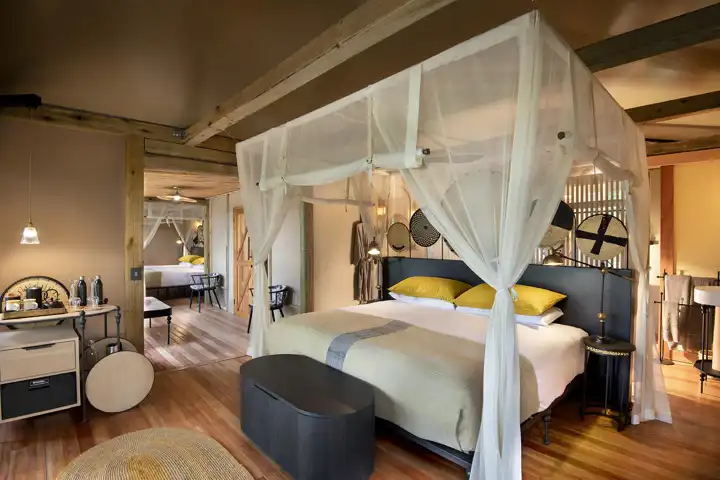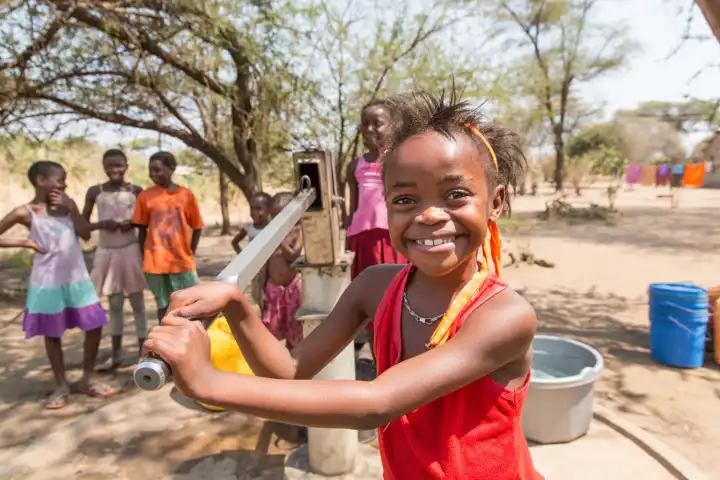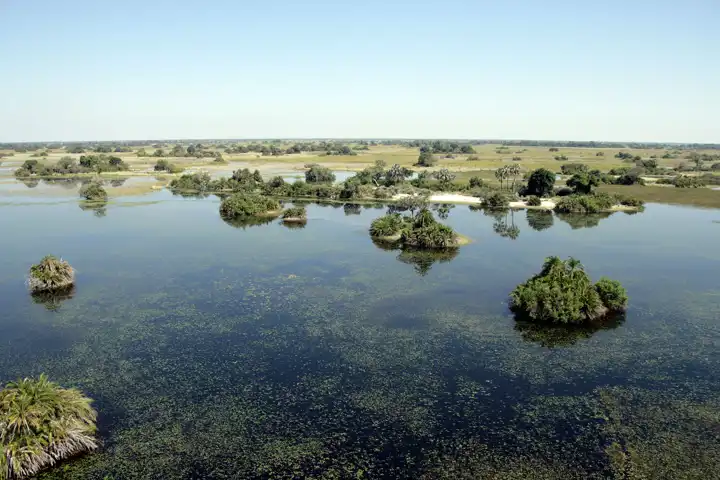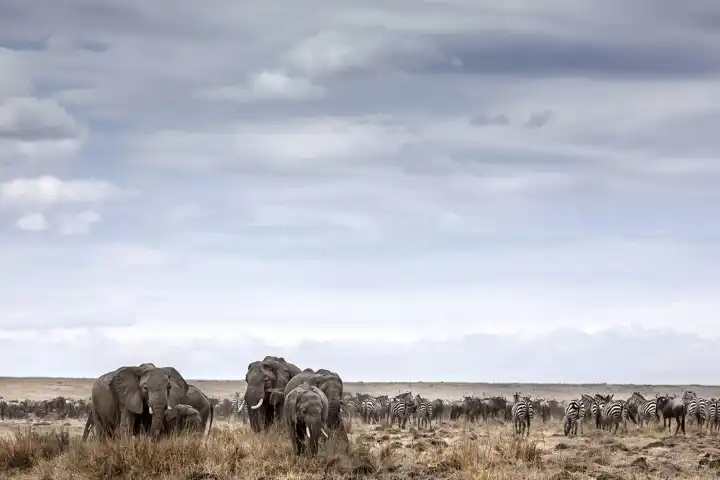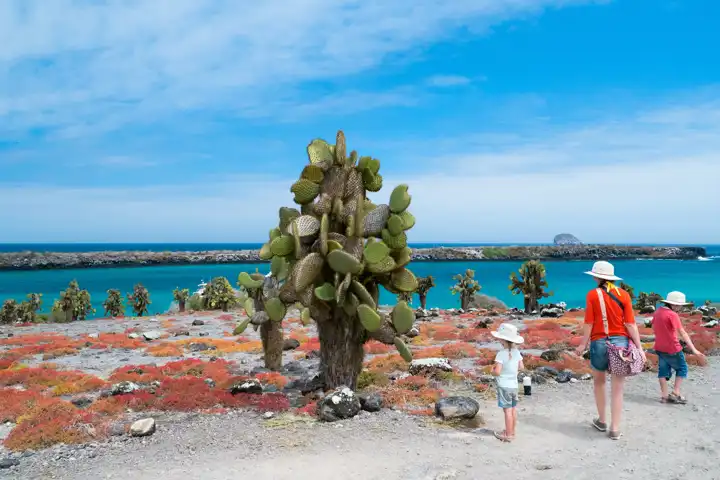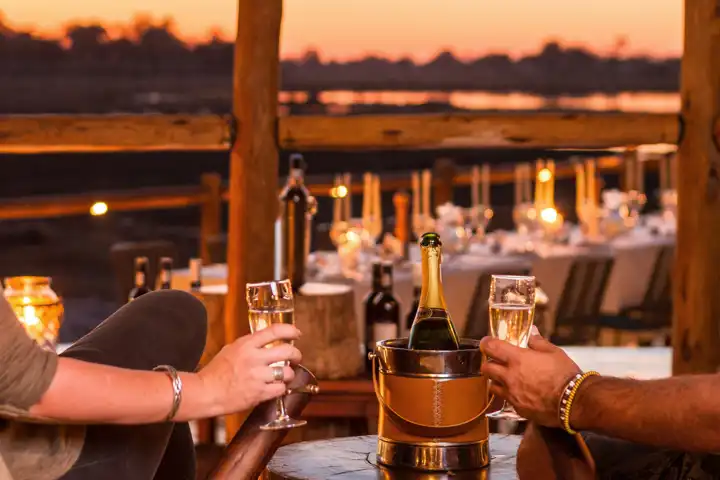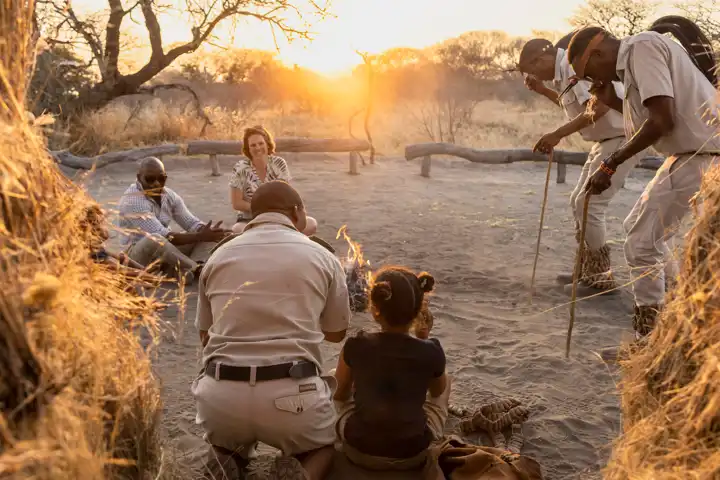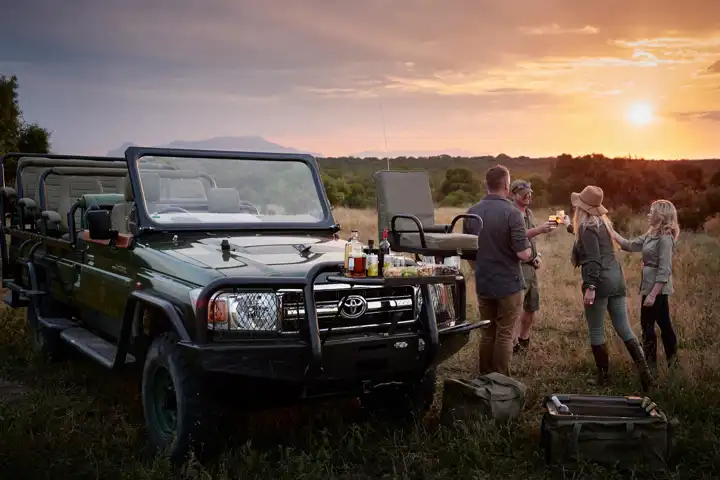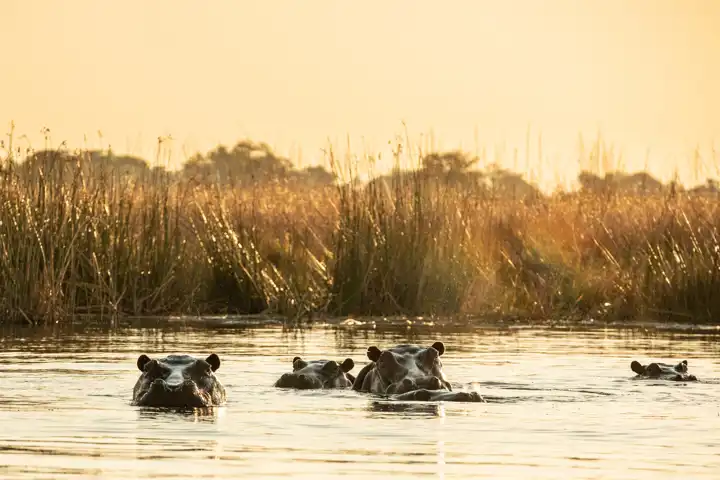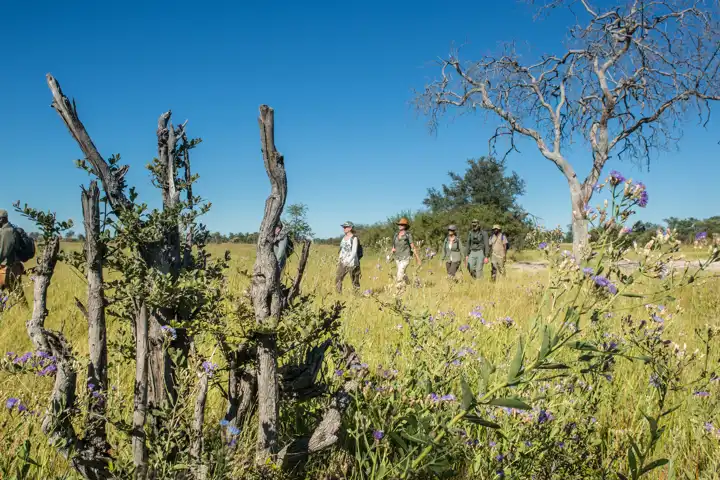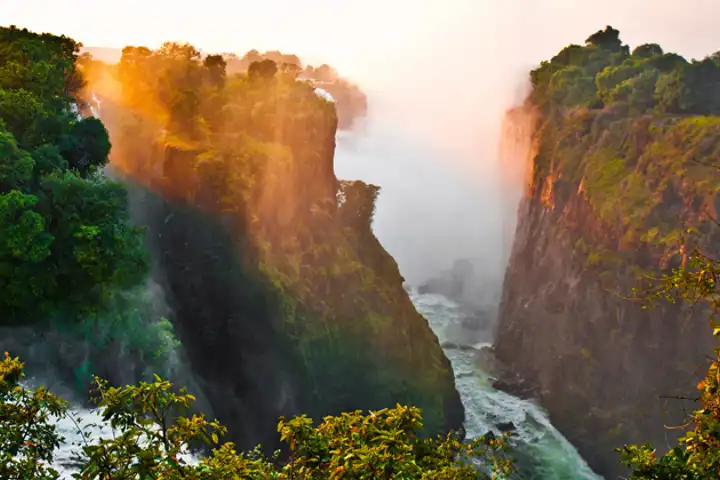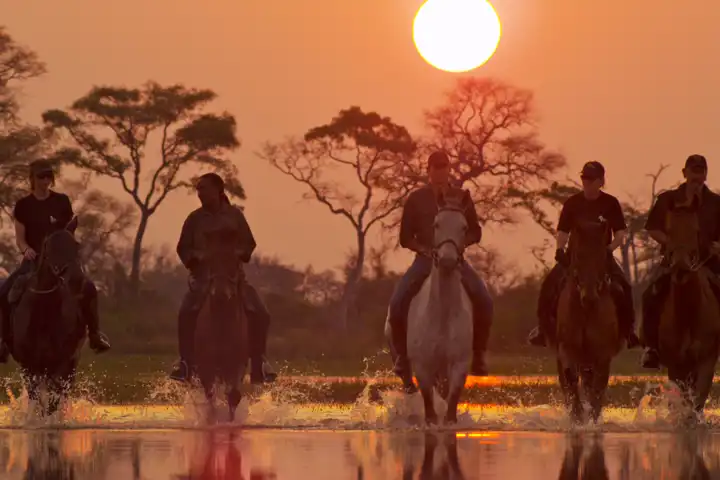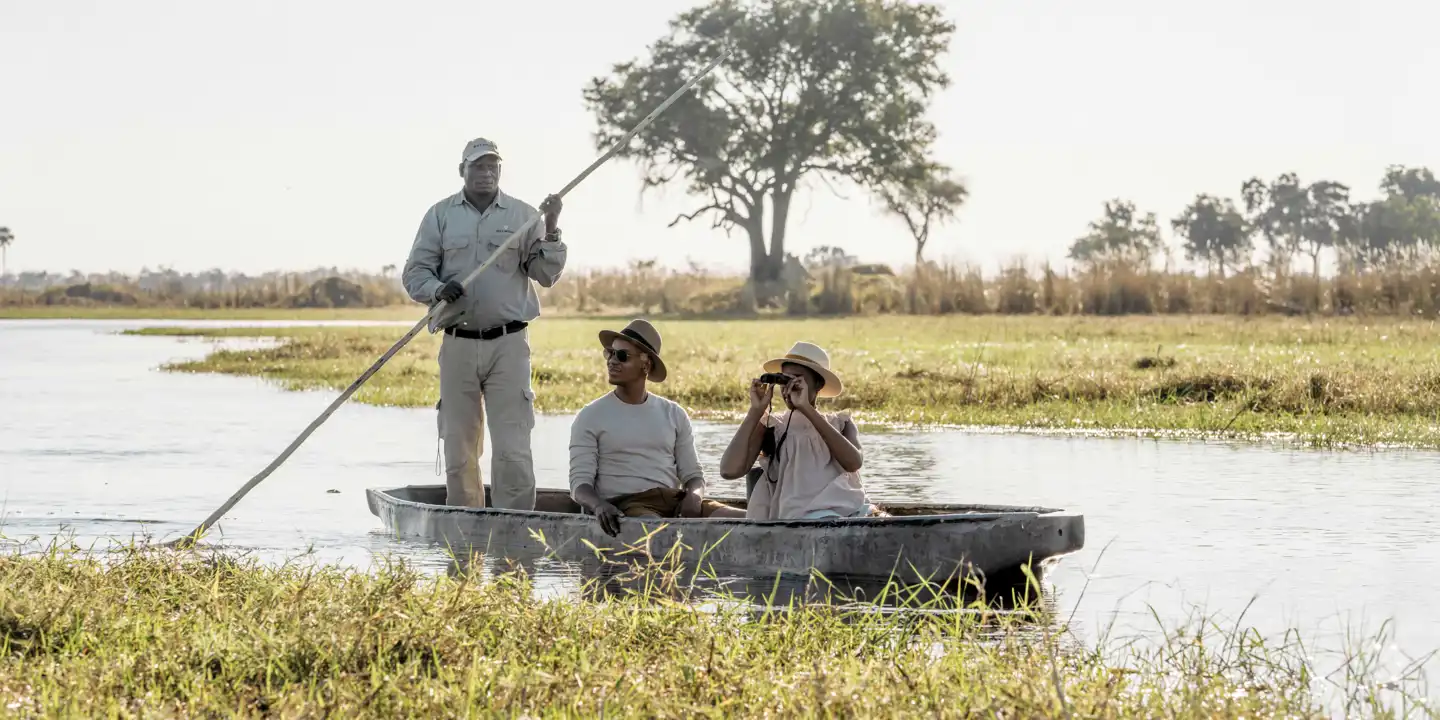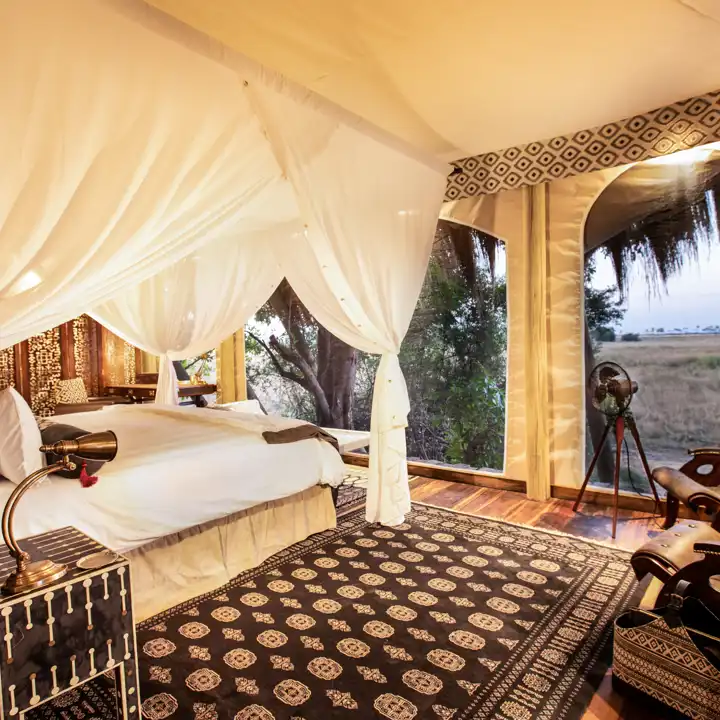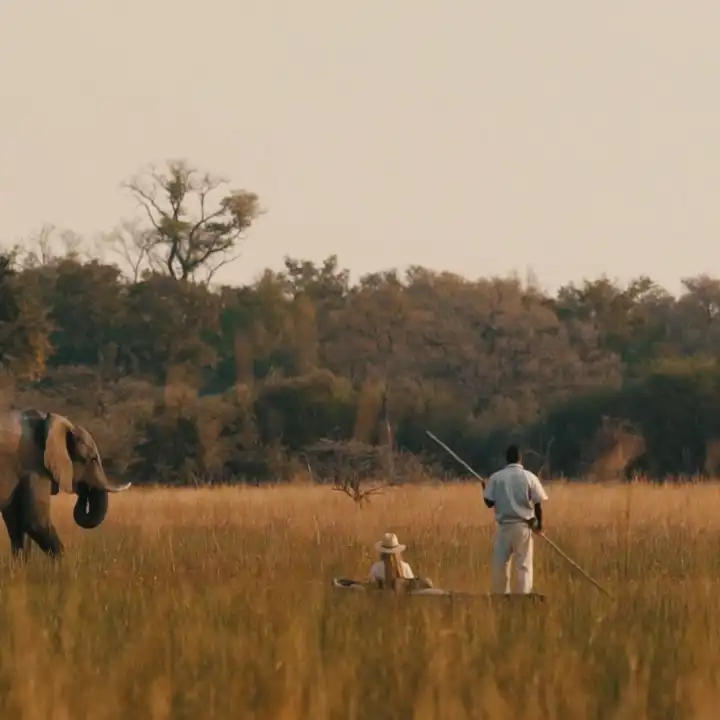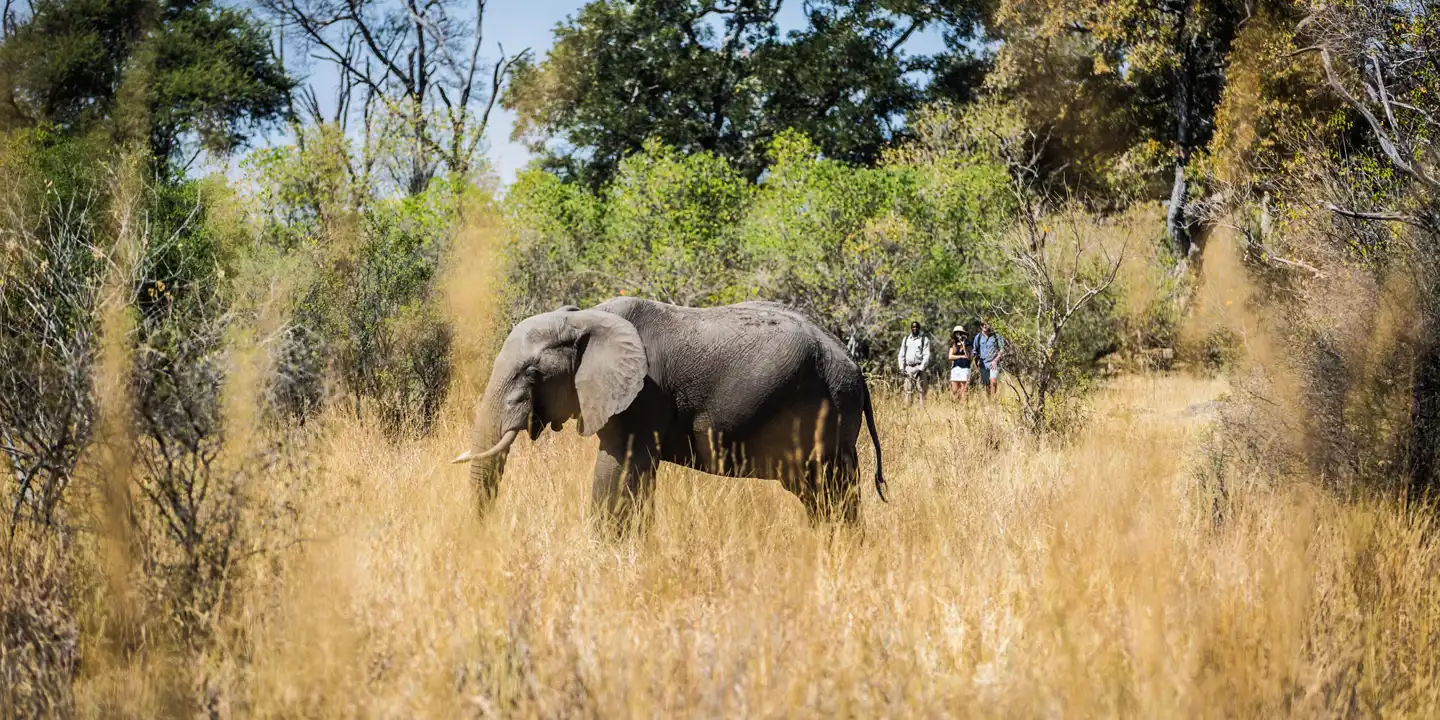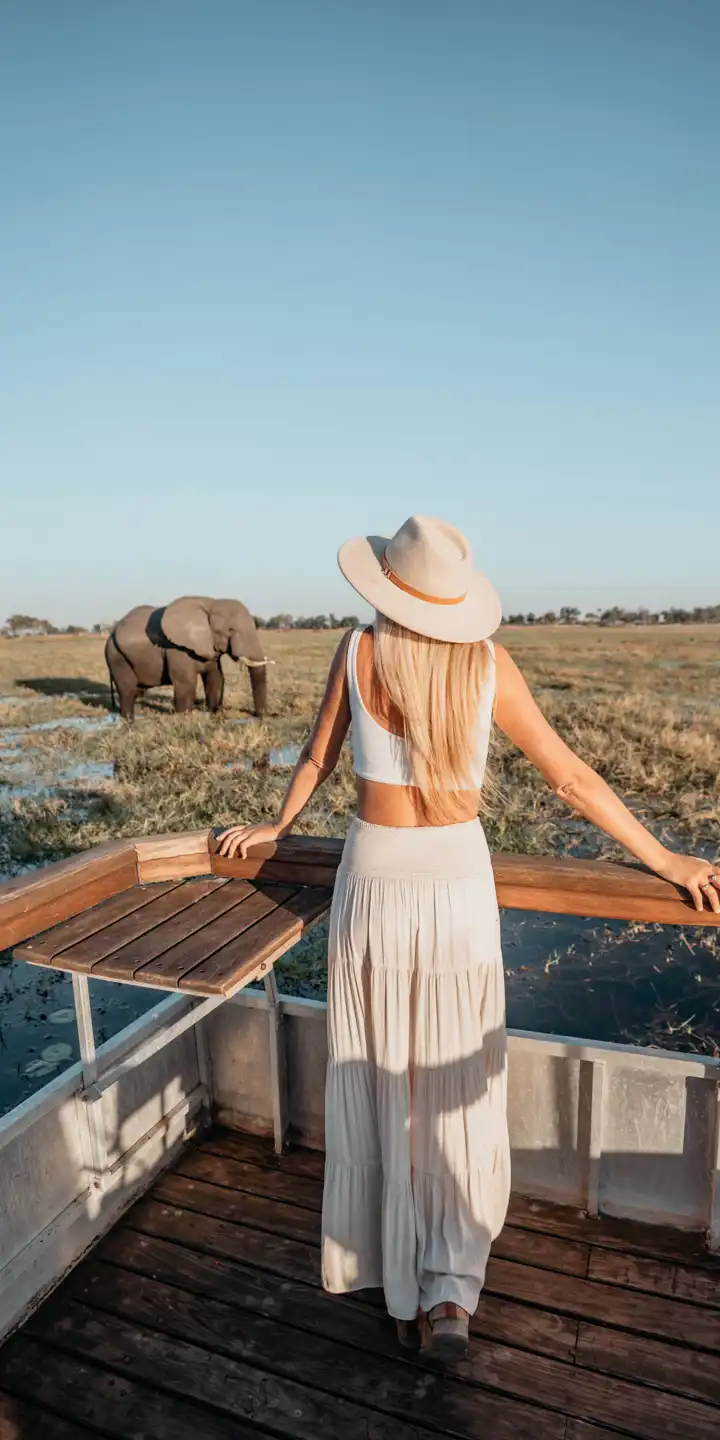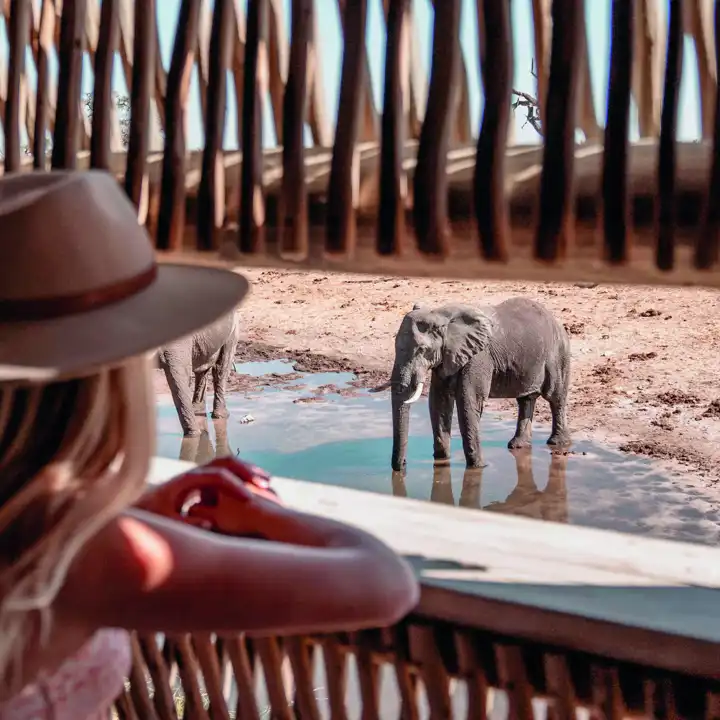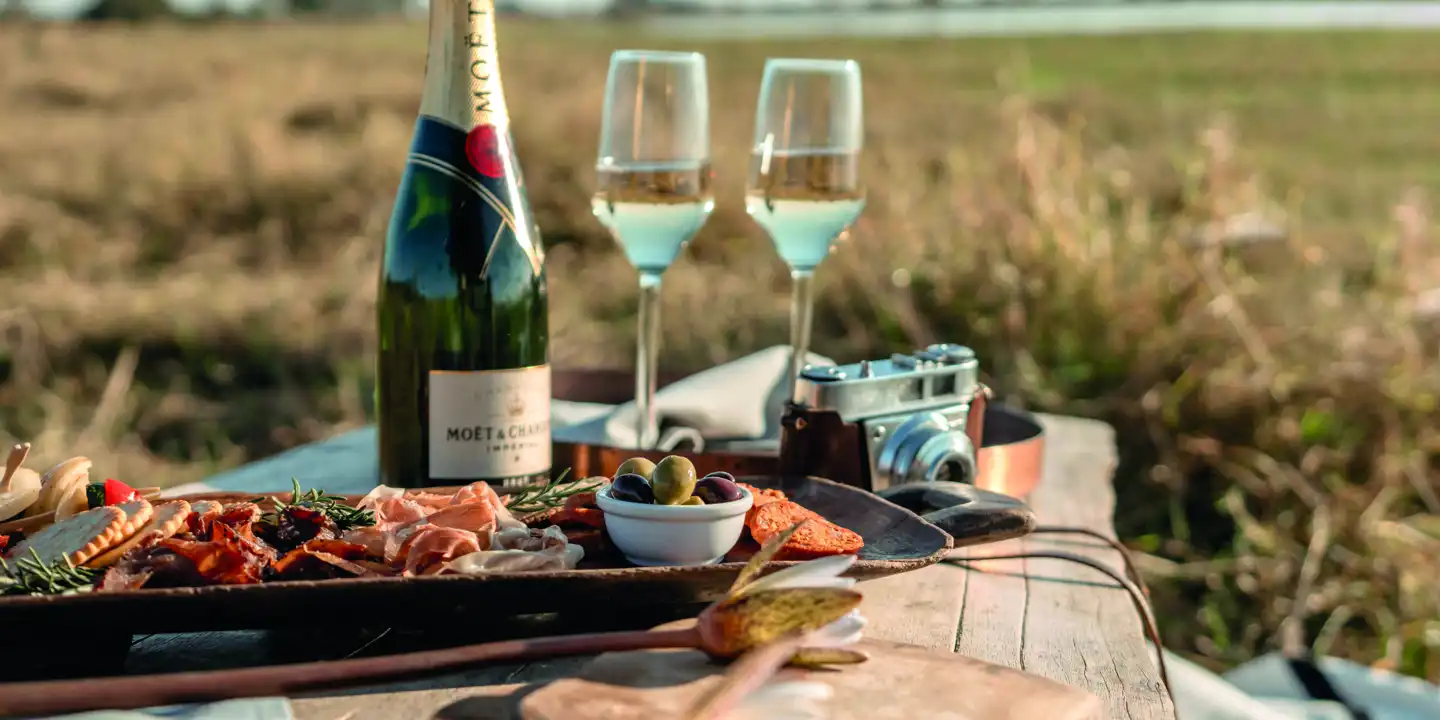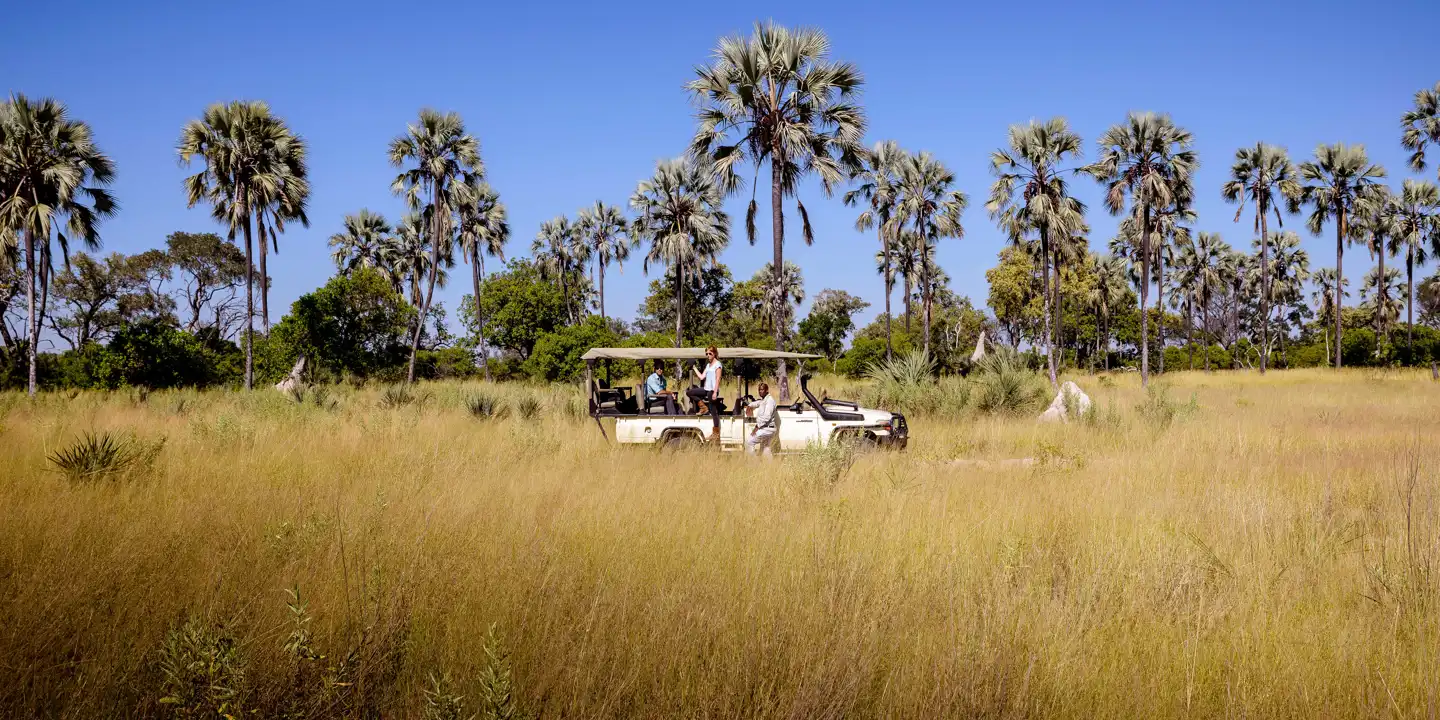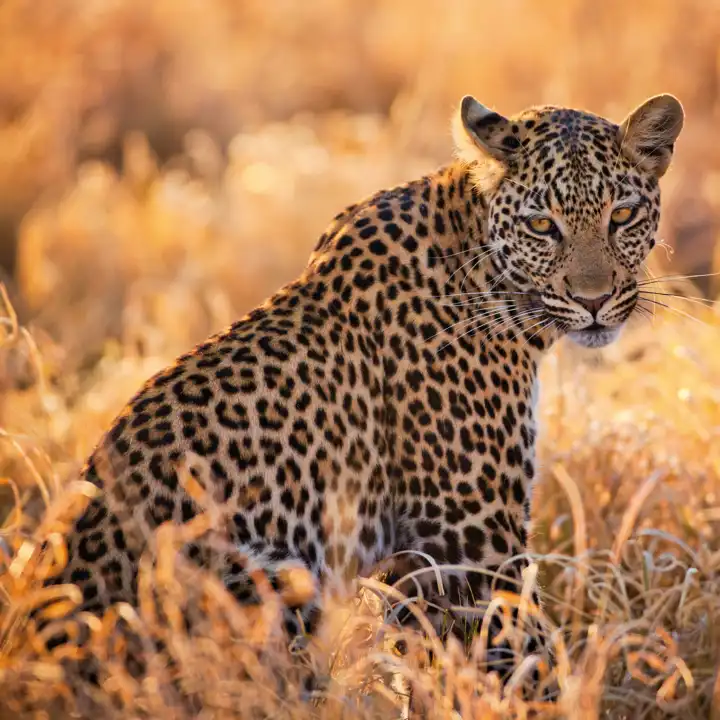Botswana
A Paradise for Nature-Lovers and Wildlife Enthusiasts Alike
Botswana
A luxury Botswana safari is like no other. Bordered by South Africa, Zimbabwe, Zambia, and Namibia, Botswana is a country of striking physical beauty contrasted by incredible bio-diversity.
Incredible Ecosystems
The Kalahari Desert—a sand-filled basin averaging 3,600 feet above sea level, dominates the land-locked country in geographical terms. In the north-west of Botswana, the Okavango River flows in from the highlands of Angola then soaks into the sands. This forms a 5,700 square-mile network of water channels, lagoons, swamps, and islands known as the Okavango Delta. This land of desert and delta is one of the last untouched places in Africa – ideal for luxury African safaris and luxury trips to Botswana. Botswana is home to some of the most extraordinary eco-systems on Earth. It is undoubtedly a paradise for nature-lovers and wildlife enthusiasts alike. Yet another reason that a Botswana safari appeals to so many.
Private Botswana Safaris
From the diverse game of the Moremi Game Reserve to the vast Makgadikgadi Salt Pans of the Kalahari Desert, and from Chobe National Park’s grass plains to the glistening tributaries of the Okavango Delta, private Botswana safaris represent Botswana at its best. Yet luxury travel to Botswana is more than Big Five game drives. It is mokoro rides along the deltas and bird watching by the lagoons. It is also family-friendly Botswana luxury safari adventures in the bush and quad biking in the seemingly infinite desert. Finally, it is off-road adventures in corners of the earth where wildlife roams free and civilization has yet to set foot.
Low Volume Tourism
What sets a Botswana safari apart from other Southern African countries is the concept of “low-volume” tourism. Most of Ker & Downey’s recommended properties in Botswana are set on vast, private concessions that are measured in miles, not acres. That, coupled with capacities restricted in many cases to just 20 guests or less, it is easy to feel as if you have “the entire place” all to yourself whilst on one of our luxury Botswana safari tours.
Book a Luxury Botswana Safari with Ker & Downey
A custom-tailored, private luxury Botswana safari enhances the country’s splendor. Take a look at our many suggested fully customizable luxury African safaris for inspiration. Then contact one of our travel experts to help you plan the ultimate Botswana safari adventure.
Sample Journeys
Preferred Properties

